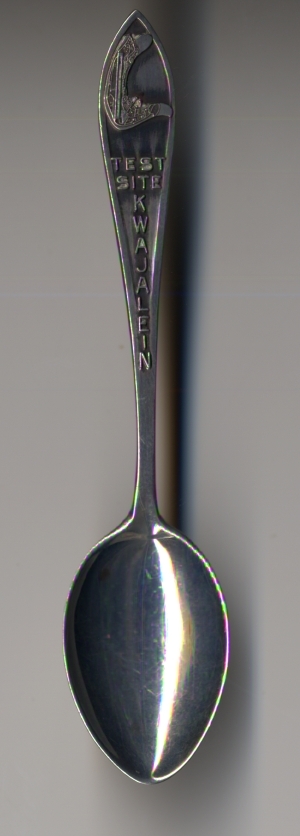Castle Bravo and the Tsar Bomba began to raise public concern regarding fallout hazards, leading to a large-scale movement among peace and environmental activists to end hazardous testing. In 1963, as a direct result of petitioning by Nobel laureate Linus Pauling and other world renowned scientists, the United States, USSR and United Kingdom ratified the Partial Test Ban Treaty, effectively banning above-ground testing of nuclear weapons.1 Though the treaty did not end testing entirely, it significantly decreased the potential for release of radioactive fallout in the Earth’s atmosphere. In 1976, the US and USSR signed the Threshold Test Ban Treaty, limiting tests to 150 kilotons.
Nuclear nations have conducted approximately 2,000 nuclear weapons tests since 1945, the vast majority of which took place during the Cold War. Of these tests, most were designed for military or political reasons, though some testing of peacetime applications did occur before being deemed environmentally unsound.2 After the dissolution of the USSR in 1991, nuclear testing came to a near standstill around the globe. Beginning with the Radiation Exposure Compensation Act of 1990, the United States now compensates victims suffering from health problems related to radiation as a result of participating in U.S. nuclear research. It is the only nation to do so.

